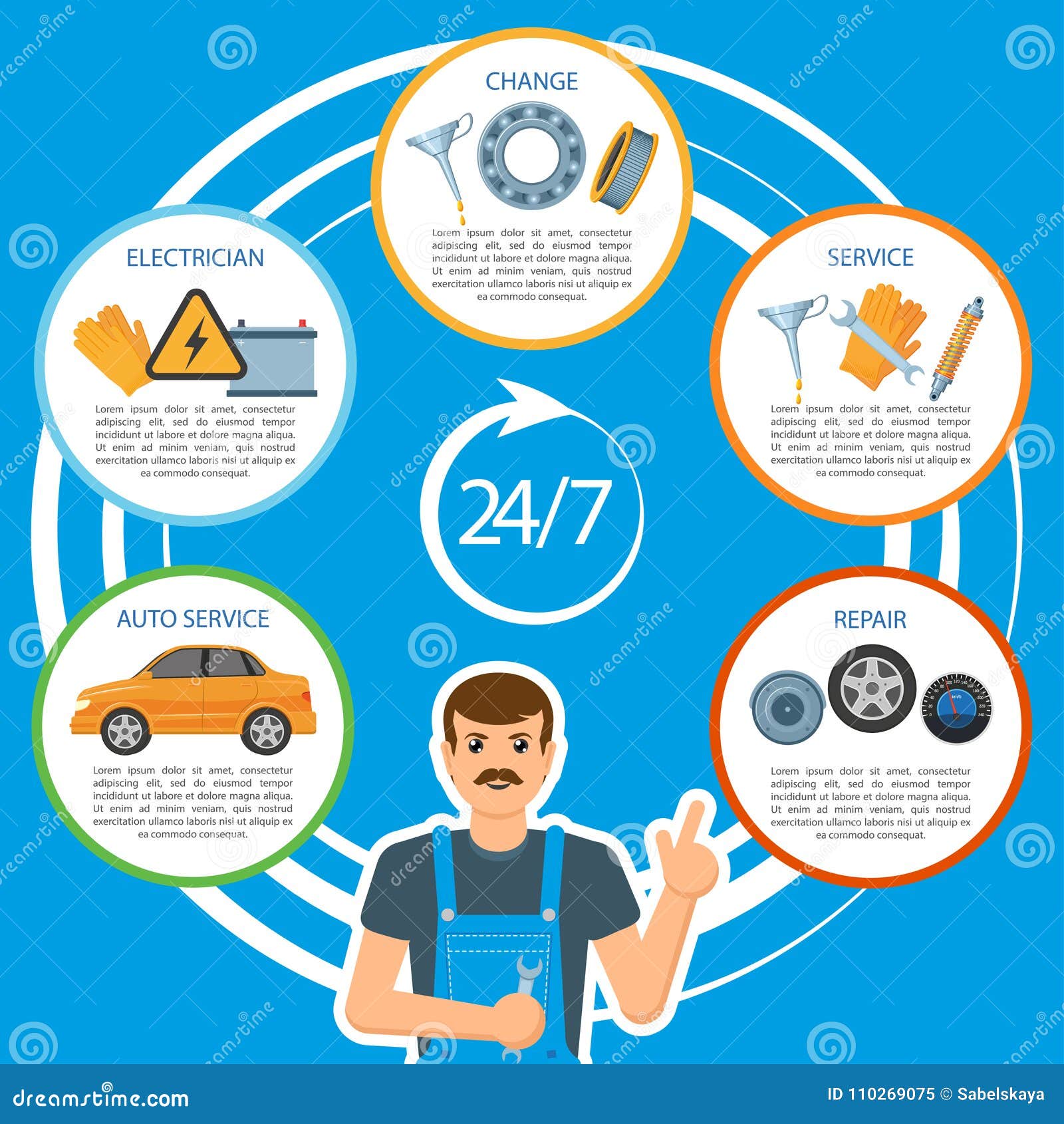Translating Your Lorry'S Caution Indicators: What They Really Symbolize
Translating Your Lorry'S Caution Indicators: What They Really Symbolize
Blog Article
Writer-Vinson Shepherd
When you lag the wheel, those beautiful caution lights on your dashboard can be a bit puzzling. Do you understand what they're attempting to inform you regarding your automobile's health? Understanding the significance of these lights is crucial for your security and the longevity of your automobile. So, the next time among those lights turns up, wouldn't you want to understand its message accurately and take the needed actions to resolve it?
Common Warning Lighting and Interpretations
Recognize common warning lights in your vehicle and recognize their significances to make certain safe driving.
One of the most common caution lights consist of the check engine light, which indicates problems with the engine or emissions system. If this light begins, it's vital to have your car inspected promptly.
The oil pressure cautioning light indicates reduced oil stress, calling for instant interest to stop engine damages.
A blinking battery light could suggest a malfunctioning charging system, possibly leaving you stranded otherwise attended to.
The tire stress monitoring system (TPMS) light informs you to reduced tire pressure, impacting automobile security and gas effectiveness. Neglecting this could lead to harmful driving problems.
The abdominal light indicates a trouble with the anti-lock stopping system, compromising your capacity to stop swiftly in emergency situations.
Last but not least, the coolant temperature alerting light warns of engine getting too hot, which can result in severe damages otherwise fixed promptly.
Understanding these common caution lights will assist you address problems without delay and keep risk-free driving conditions.
Value of Prompt Focus
Understanding the typical caution lights in your vehicle is only the first step; the value of promptly attending to these warnings can not be highlighted enough to ensure your safety and security on the road.
When a warning light brightens on your control panel, it's your automobile's method of connecting a potential problem that needs attention. Ignoring these cautions can result in much more severe problems later on, jeopardizing your safety and security and possibly costing you extra in repairs.
Trigger focus to alerting lights can avoid failures and mishaps. For instance, a blinking check engine light could suggest a misfire that, if left neglected, might trigger damages to the catalytic converter. Addressing this promptly can conserve you from a costly fixing.
In a similar way, a brake system advising light could indicate low brake liquid or used brake pads, crucial elements for your safety and security when driving.
DIY Troubleshooting Tips
If you observe a caution light on your dashboard, there are a few do it yourself fixing tips you can attempt prior to looking for professional aid.
The primary step is to consult your car's guidebook to understand what the details caution light suggests. Often car upholstery wash can be as easy as a loose gas cap triggering the check engine light. Tightening carwashnearbotany may settle the issue.
Another common problem is a low battery, which can trigger numerous advising lights. Inspecting the battery links for corrosion and guaranteeing they're protected could repair the problem.
If a warning light lingers, you can attempt resetting it by disconnecting the automobile's battery for a couple of mins and afterwards reconnecting it. Additionally, checking https://rowanvpjdx.newbigblog.com/35926292/car-detailing-for-every-single-season-exactly-how-to-get-your-auto-prepared-year-round , such as oil, coolant, and brake fluid, can assist fix alerting lights connected to these systems.
Conclusion
To conclude, recognizing your car's caution lights is crucial for keeping your car running efficiently and safely. By without delay addressing these informs and understanding what they suggest, you can prevent pricey repairs and potential failures.
Remember to consult your vehicle's handbook for specific details on each alerting light and act accordingly to guarantee a hassle-free driving experience.
Keep informed, remain risk-free on the road!
